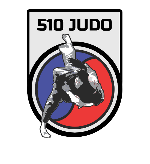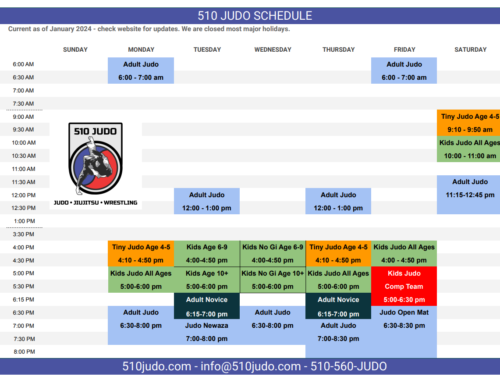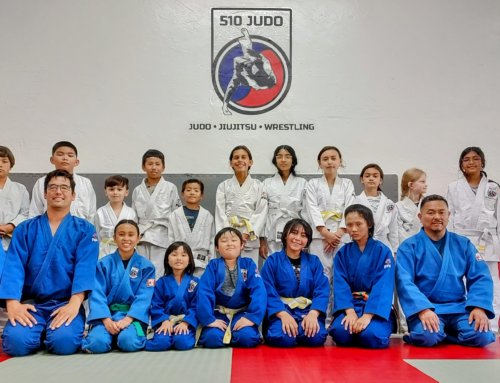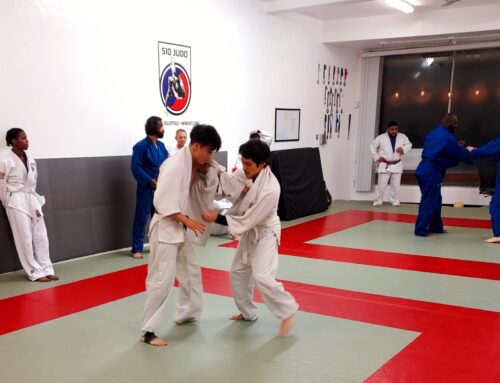For the next two weeks we’ll be working on pins and escapes. Take a look at the student handbook section on pinning techniques for a quick review.
Vocabulary:
- Osaekomi Waza: Pinning techniques
- Osaekomi: In competition, when said by a referee along with the accompanying hand signal, indicates to the scoring table that a pin has started and the pin clock should start
- Toketa: In competition, when said by a referee along with the accompanying hand signal, indicates to the scoring table that a pin has been broken and the pin clock should stop.
Each level of class will work on a slightly different position.
- Tiny Judo: Mount and escapes
- Kids Beginner: Kesa Gatame
- Kids No Gi: North South and Mount position
- Kids Int/Adv: Kami Shiho Gatame and Tate Shiho Gatame
- Adult Novice: Kesa Gatame
- Adult Regular: Kami Shiho Gatame and Tate Shiho Gatame
- Adult No Gi: Passing closed guard
It might seem like a lot, but all osaekomi positions have one thing in common: PRESSURE. Using your body weight and the geometry of how your body is arranged on top of your uke, you are generating large amounts of pressure, which will make it very difficult for uke to move. We don’t kick or punch in judo class, but the gradual application of tremendous pressure can make life very difficult for your opponent.







